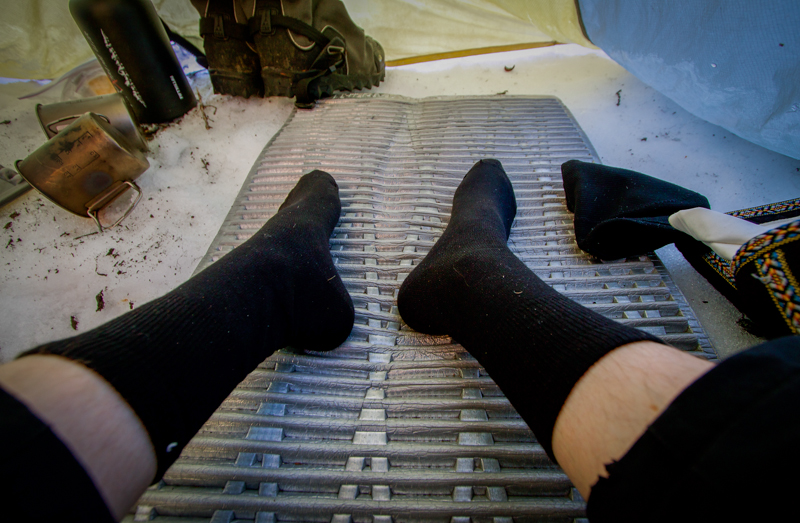I believe that inspiration is contagious. One trick to life, I have discovered is - surrounding myself with inspired people rubs off. I believe if you are brilliant, you have an obligation to share and be a mentor. If, you are like me and not so brilliant, the best thing you can do is to saddle up, as close as possible, to the smartest, most interesting and inspired people you can find. They will help expose the latent potential within.
I have been lucky in my life to have been exposed to many brilliant people. Each has left their mark and helped shaped my worldview. There are far too many individuals to mention but suffice it to say, Alaska is full of incredible people - people who live outside the mould and make lives worth talking about.
In the late 1990s I became friends with Roger Cowels, a second generation Alaskan. To my impressionable mind, Roger typified the idea of a "role model". Roger is renaissance adventurer, equally comfortable on a mountain bike as he is in crampons or a kayak. He is a capable builder, inventor, thinker and has a PHD's comprehension of nutrition.
Roger's story of squatting in the boiler room of a ski-resort for the winter is, to me, a classic tale of passionate living. He and his buddy would peep through a crack within the boiler room to discover the ski pass color of the day and adorn accordingly, then stealthily exit, blend with the crowd and hit the slopes. Dumpster-diving and table scraps provided sustenance and for an entire winter this ruse was kept up.
In Erin McKttrick's book, 'Small Feet Big Land' she makes a salient observation of Alaska life - [What you do and how you make money are two different questions.] In Roger's case, 'what you do', would take a hearty team of biographers and most likely great stories would still be overlooked.
In 1989, Roger and three other cyclists were the first people to ride the Iditarod Trail from Anchorage to Nome. Roger rode the trail on a custom, four wheel bike of his own design. After that trip, Roger went back to the drawing board and with the help of Phil Wood and Anchorage welder Steve Baker, they came up with 'Big Foot', a six tired winter bike.
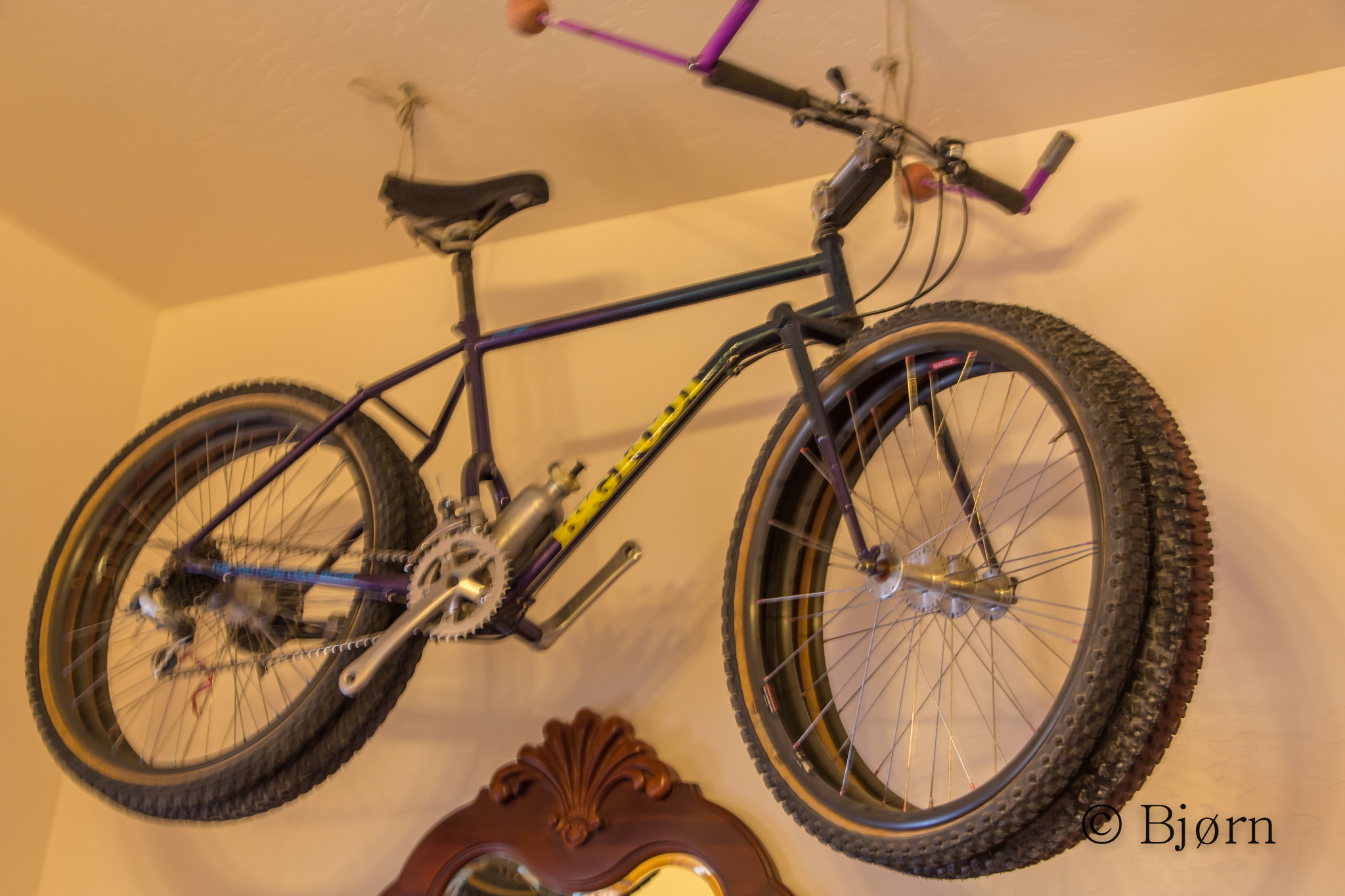
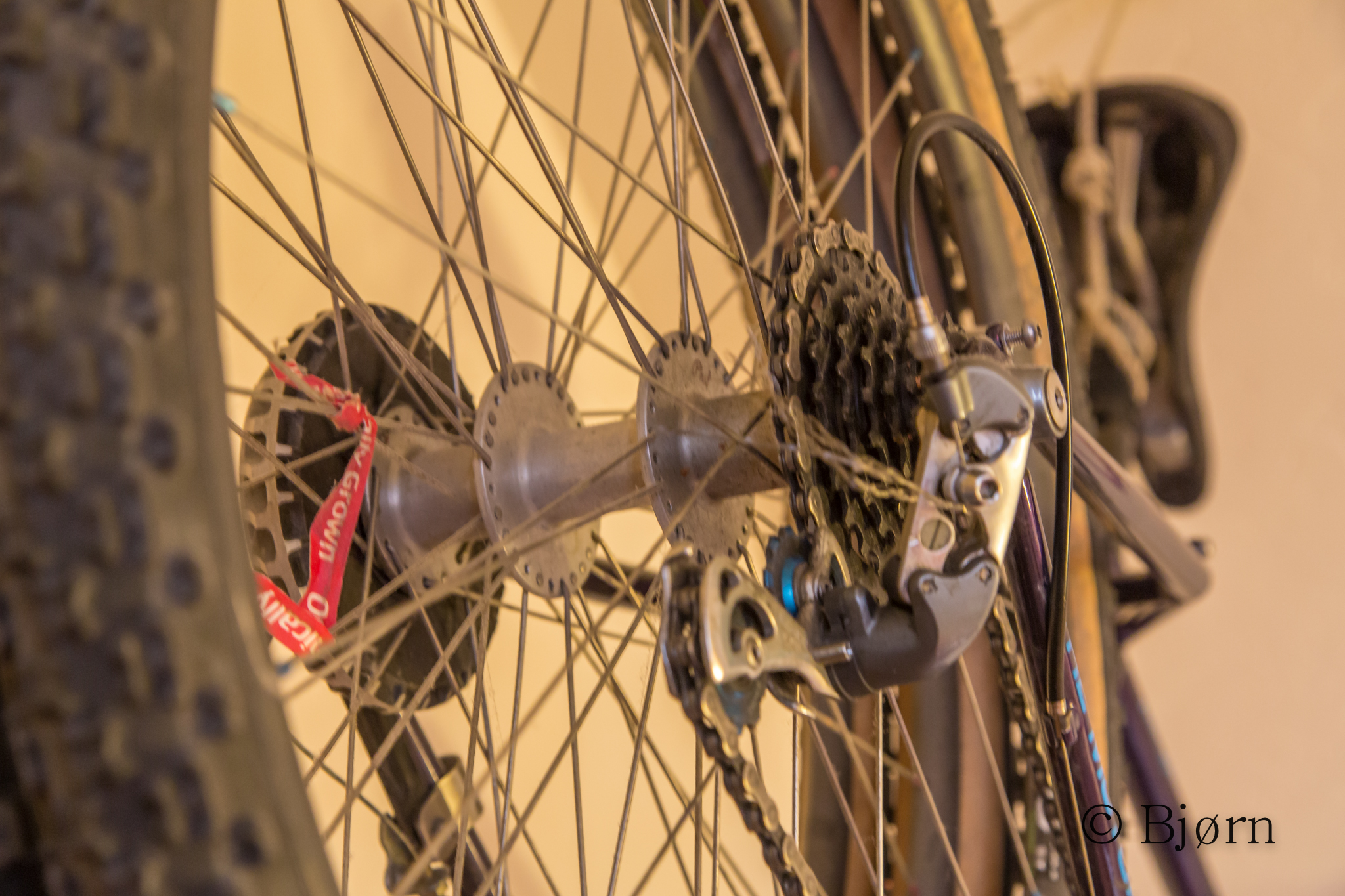
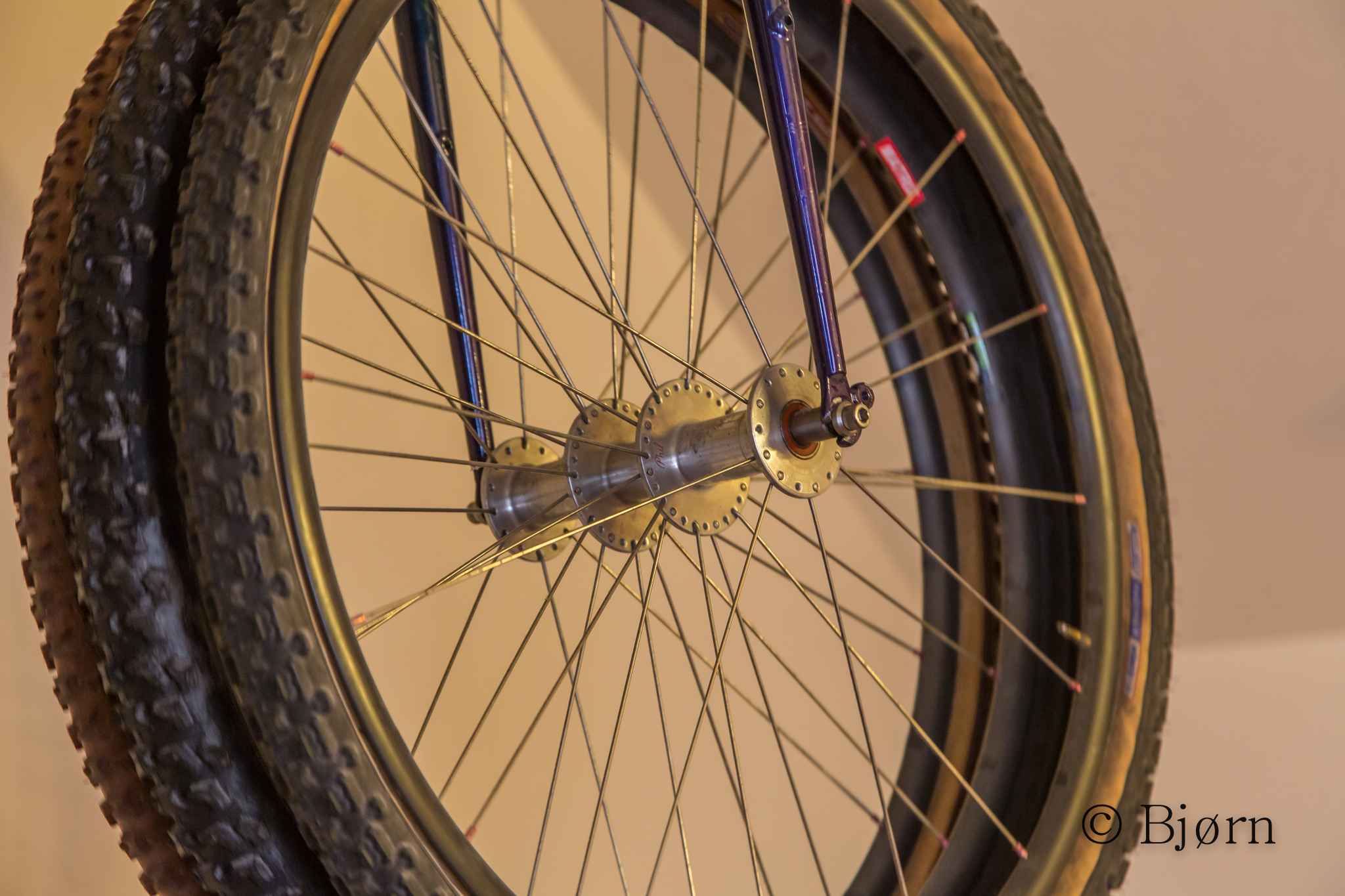
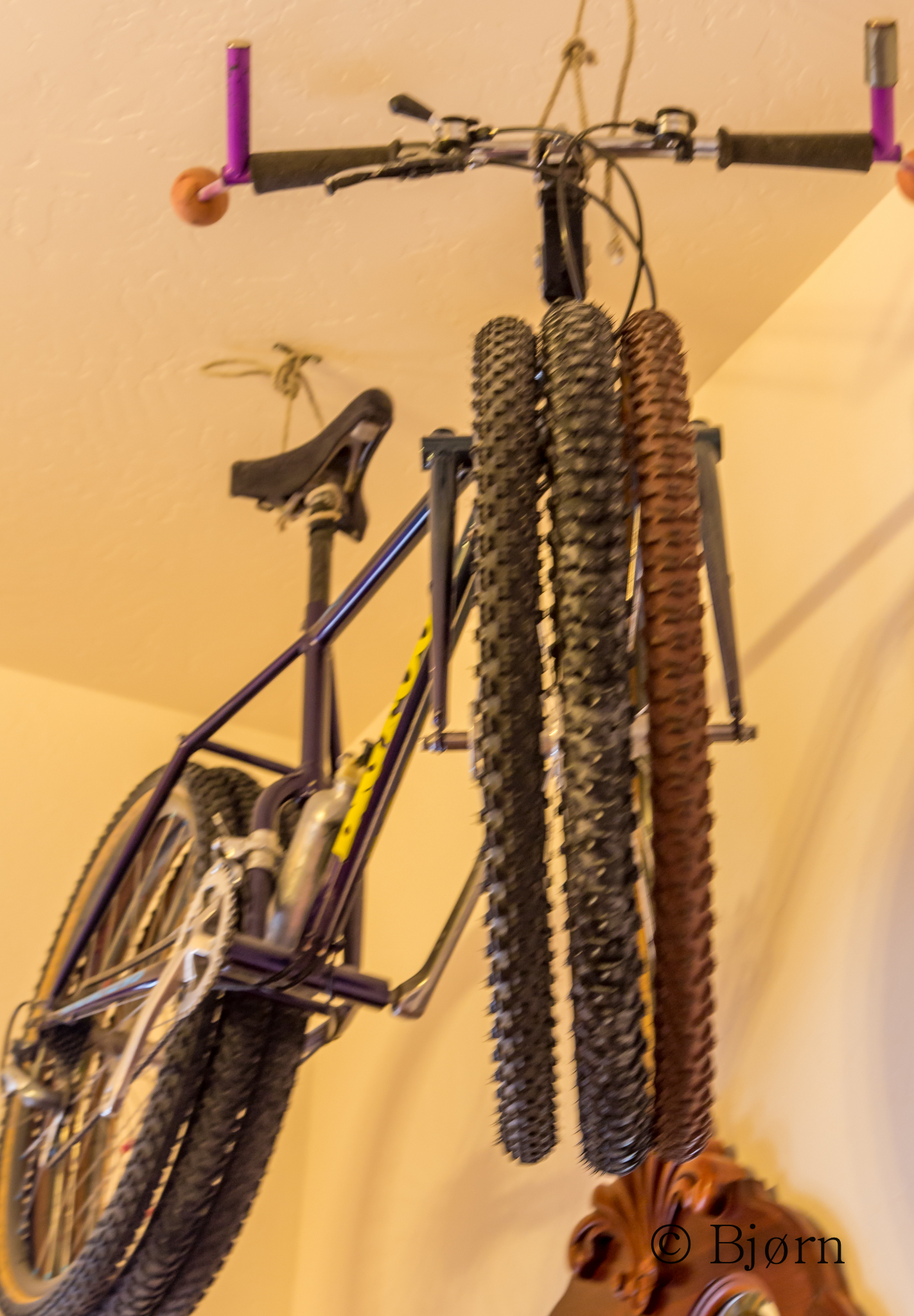
On our recent trip to Kotzebue I thought about Roger often. Maybe I would have considered winter cycling and long fat-bike expeditions without his influence - there is no way to tell. What I know is that he did, and I am thankful for the nudge.



